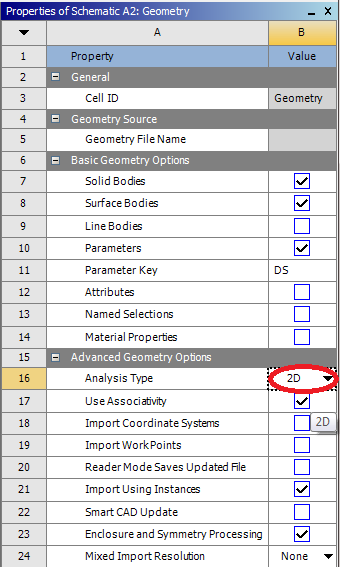
Ansys Hpc License Crack Torent
Installation steps for the ANSYS Student products from Release 18.0 onward: • Extract (unzip) the downloaded installation files. • Right-click on setup.exe and select Run as Administrator. (This will run setup.exe from the extracted files.) • Read and accept the clickwrap to continue. • Click the right arrow button to accept the default values throughout the installation. • Click the exit button to close the installer. • The ANSYS AIM Student software is now installed.
○ As we have seen, calculation of crack extension often requires multiple solutions of the. The default ANSYS licensing allows the use of 2 cores.
# Download Link For Ansys Student Version. Minimum: • Windows 7, 8, 10, Server 2008, Server 2012, 64 bits (PC or Mac computers using Boot Camp). • Any CPU (Intel i5/ i7/ Xeon recommended).
• Any GPU that is compatible with OpenGL 3.2. (integrated graphic cards Intel HD 4000 or above). • Small projects (under 100 images at 14 MP): 4 GB RAM, 10 GB HDD Free Space. • Medium projects (between 100 and 500 images at 14 MP): 8 GB RAM, 20 GB HDD Free Space.
• Large projects (between 500 and 2000 images at 14 MP): 16 GB RAM, 40 GB HDD Free Space. • Very Large projects (over 2000 images at 14 MP): 32 GB RAM, 80 GB HDD Free Space. In the fluids suite, ANSYS 18.1 delivers faster, higher fidelity – enabling users to simulate more quickly and accurately. Users will benefit from greater flexibility setting up periodic boundaries to deliver high fidelity results up to 9 times faster for in-cylinder diesel simulations.
Turbomachinery designers can now reduce problem size and time to convergence radial turbomachinery simulations when they apply complex vibrational modes from a cyclic modal analysis to CFX flutter analysis. ANSYS 18.1 also provides further improvements to workflow and meshing that enables novice users to quickly become productive while providing new opportunities for experienced users to excel.
In the structures suite, ANSYS 18.1 has added new capabilities within its topology optimization technology to analyze complex materials and optimize designs making it easier for organizations to manufacture products. Users can now combine load cases from modal and static structural analysis to look at designs that meet frequency and structural requirements. Designers will benefit from the new optimization constraint capabilities, giving them more control over manufacturing constraints to help ensure the most optimized designs are built. ANSYS 18.1 offers new functionality to increase the value simulation brings to organizations.
Improved high-performance computing capabilities enable users to design products smarter and faster early on in the design process. Designers will benefit from new significant capabilities in the electromagnetics suite. ANSYS 18.1 expands its noise-vibration-harshness (NVH) analysis to include both magnetostriction and induced magnetostriction effects.
The aim of the site is to collect and share tests, exams, quizzes and questions from any discipline and from you. Registered user has the following advantages: • Rate tests • basis of a new section for tests • contribution of a private or public tests • add questions for further tests • Save to questions from other tests in the private test • Save your favorite • tests in history • list of tested visitors Test your knowledge and practice The site can test and prepare for the exam such as English, German, mathematics, biology, history, science, and behold it in any difficulty. Each test is evaluated by other registered users. Prezentaciya na temu matematika v professii povara. Whether you are a teacher, educator, student, webmaster or HR - headhunter.
That greatly enhances the accuracy of NVH studies of electrical machines and transformers. NVH is an important analysis required by manufacturers of electric motors used in hybrid electric vehicles, appliances and commercial transformers and other application where quiet operation of the machine is an essential design parameter. Also, ANSYS 18.1 is enhanced with new a characteristic mode analysis solver. This new capability enables electronics designers to study antenna placement and antenna synthesis for devices such as a smart watch, mobile phones and Internet of Things devices. The characteristic mode analysis accurately predicts the fundamental resonance characteristics of an antenna or the platform to which they are mounted, allowing engineers to choose the optimal location for the antenna on the device and synthesize the desired antenna pattern. ANSYS® AIM® further expands the landscape for digital exploration in ANSYS 18.1 with enhancements across all physics. Built for design engineers on ANSYS’ proven solver technology, AIM now supports fluid simulations through porous media, such as filters, perforated plates, packed beds and flow distributors.